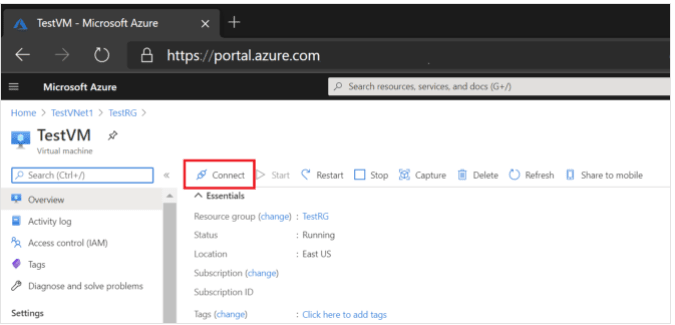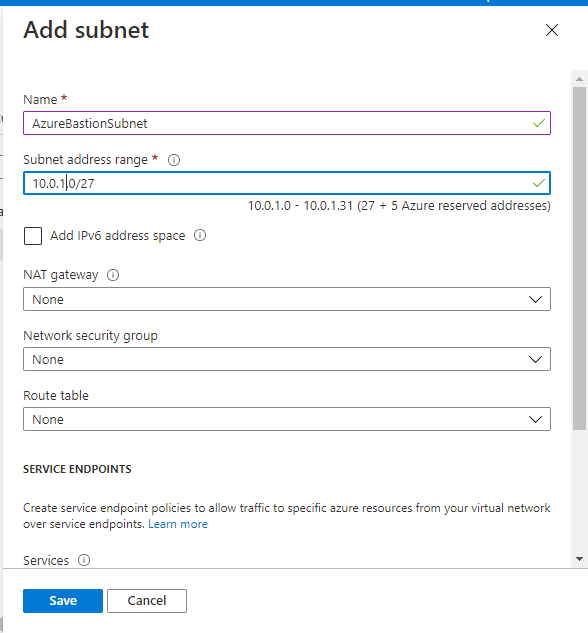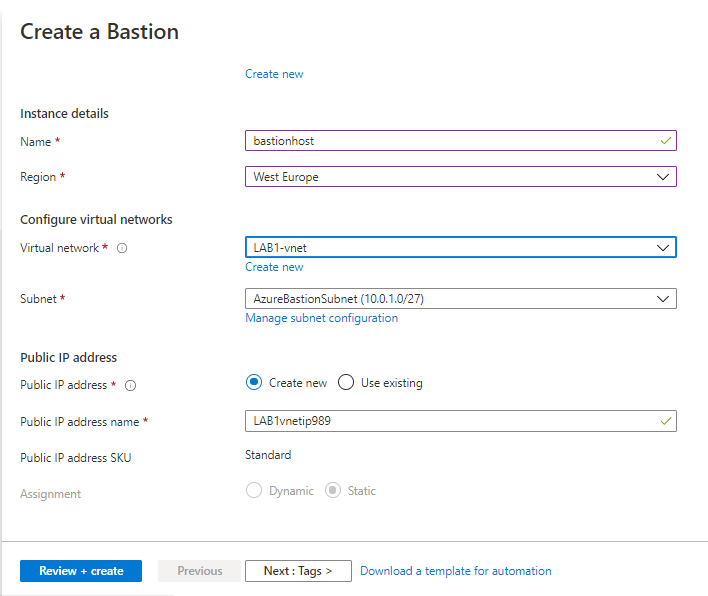Are you using Jump box to connect your VM's(Windows/Linux) then Azure Bastion is Perfect solution to minimize your management work.
Azure bastion provides a solution to replace your jump box machines. Using bastion host you can connect your VM's without public IP address.
you can connect to your VM's from azure portal using bastion host.
1.Open the Azure portal. Navigate to the virtual machine that you want to connect to, then select Connect. Select Bastion from the dropdown.
2.After you select Bastion from the dropdown, a side bar appears that has three tabs: RDP, SSH, and Bastion. Because Bastion was provisioned for the virtual network, the Bastion tab is active by default. Select Use Bastion.
3.On the Connect using Azure Bastion page, enter the username and password for your virtual machine, then select Connect.
4.The RDP connection to this virtual machine via Bastion will open directly in the Azure portal (over HTML5) using port 443 and the Bastion service.
Deployment Bastion is quite simple, all you need is Resource Group, VNET and separate subnet for Azure bastion host.
Steps to create Azure Bastion host:
Note:assuming that resource group and VNET is already created.
- create a subnet with name Azure Bastion with 10.0.1.0/27 ( /27 is minimum subnet range that you can create for Bastion host, you can create bigger subnet as well) network.
- From resource group click add button and search for Bastion and click and create button.
3.Fill all the fields and click review and create button.
In case if you are facing any issues while connecting to you VM's, make sure you have required access. check under IAM that the user has read access to following resources:
- Reader role on the virtual machine.
- Reader role on the NIC with private IP of the virtual machine.
- Reader role on the Azure Bastion resource.
- Reader Role on the Virtual Network (Not needed if there is no peered virtual network).
How many sessions are supported by bastion host?
Both RDP and SSH are a usage-based protocol. High usage of sessions will cause the bastion host to support a lower total number of sessions. The numbers below assume normal day-to-day workflows.
HOW MANY CONCURRENT RDP AND SSH SESSIONS DOES EACH AZURE BASTION SUPPORT?
| Resource | Limit |
|---|---|
| Concurrent RDP connections | 25* |
| Concurrent SSH connections | 50** |
Will i able to connect VM's in peered network?
Yes,Azure Bastion and VNet peering can be used together. When VNet peering is configured, you don't have to deploy Azure Bastion in each peered VNet. This means if you have an Azure Bastion host configured in one virtual network (VNet), it can be used to connect to VMs deployed in a peered VNet without deploying an additional Bastion host. For more information about VNet peering, see About virtual network peering.
Azure Bastion works with the following types of peering:
- Virtual network peering: Connect virtual networks within the same Azure region.
- Global virtual network peering: Connecting virtual networks across Azure regions.
Can I still deploy multiple Bastion hosts across peered virtual networks?
Yes. By default, a user sees the Bastion host that is deployed in the same virtual network in which VM resides. However, in the Connect menu, a user can see multiple Bastion hosts detected across peered networks. They can select the Bastion host that they prefer to use to connect to the VM deployed in the virtual network.








Top comments (0)